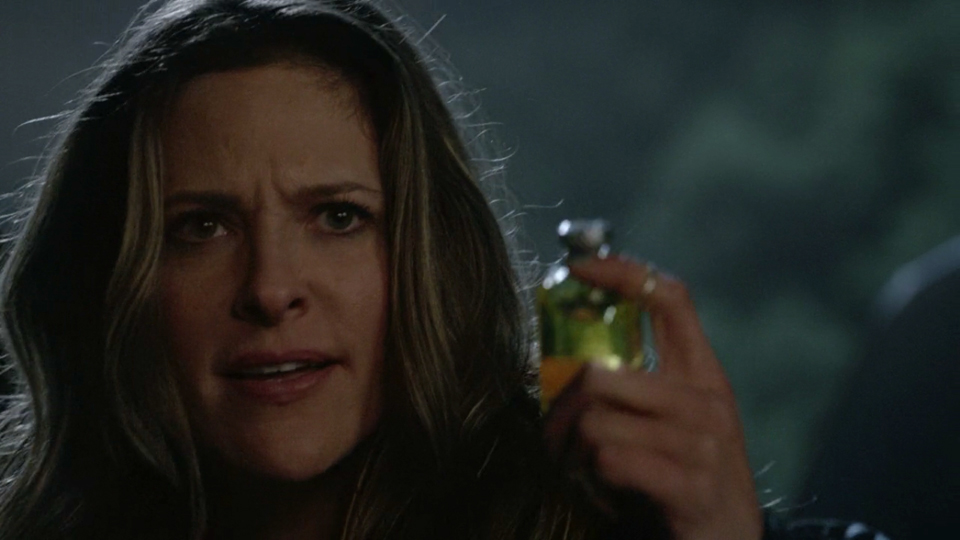

Aconitum ‘Bressingham Spire’, Aconitum carmichaelii ‘Wilsonii’ and Aconitum ‘Blue Sceptre’ are all popular cultivars.Seeds can be sown directly in spring, or earlier in a cold frame or greenhouse.Ĭlumps can be divided in late summer to fall as the foliage begins to die back or in early spring. Well suited to zones 5 -8 and generally frost hardy. The attraction is the hooded flowers (resembling monkshoods) remember that these plants are toxic so handle with gloves in the garden.

#YELLOW WOLFSBANE FULL#
Try a position in full sun to part shade and remember to water on the hotter days.

Remember that these can be tall growing reaching around 5ft (1.8m) so planting near the back of the garden border is best. So at all times handle these plants with care.Ī perennial plant that grows well in a humus rich fertile soil, Aconitum or ‘Monkshood’ is a great addition to the garden border (see picture right). It does have sap that is poisonous as well, a strong irritant to the skin. Aconitum are commonly called Aconites, Wolfsbane and Monkshood all the same thing, except it is better to differentiate by using the species name as they are very different plants in some ways.Īconitum napellus and aconitum carmichaelii which are the two most popular species are readily available for sale from online nurseries.Īconitum napellus is the common ‘Monkshood’ and is put forward as being one of the most poisonous plants of all.Īs with many plants this is true, however it has a terrible taste and would be very difficult to eat by mistake.


 0 kommentar(er)
0 kommentar(er)
